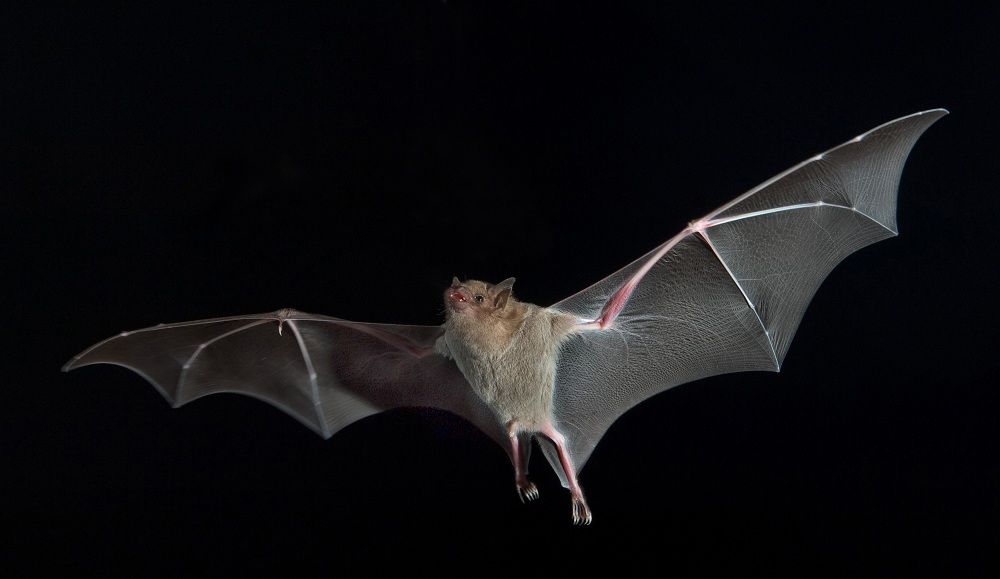ELK IN THE NORTHWOODS
At one time, elk roamed most of Wisconsin, but that changed due to agriculture in southern Wisconsin, deterioration of natural habitat, over hunting by Indians and early settlers along with predators in the northern part of the state. The last elk seen in Wisconsin was in 1948, but in May of 1995 a reintroduction effort was made, and 25 Michigan Elk were relocated to the Chequamegon National Forest (CLAM LAKE) north and west of Butternut. By 1999, the Clam Lake herd had grown to about 45 and by 2006 there were over 120 Clam Lake Elk roaming the forest. To supplement the growth and to enhance the genetics of the Wisconsin elk herd, in 2014 Wisconsin made a multiyear deal to relocate up to 150 elk from the state of Kentucky. Of those 150-relocated elk, 75 were added to the Clam Lake herd, then between 2015 and 2016, 73 Kentucky elk were released in Jackson County near the Black River State Forest (WEST CENTRAL) which is south of Eau Claire, to establish a southern herd.
Elk are known to roam an area over 300 miles, but could travel up to 400, so it’s possible we could soon see elk in all the forest of the Northwoods in years to come. This year, the Black River herd is estimated at 160 and over 350 elk now call Clam Lake home. If you are near the Clam Lake area and would like to experience seeing elk, there are several viewing areas set up for watching wildlife in the Chequamegon Forest. But your best chance of catching a glimpse of these amazing animals, is if you are quite and hike to newer logging sites or forest openings right at or before sunrise and listen for high-pitched whistles, squeals and even barks and start looking in the direction of those sounds. Best mouths would be September and October when these big girls and boys could be in open areas.
It was awesome that the DNR relocated Michigan Elk to reestablish Wisconsin Elk, but when they brought in Elk from Kentucky to build up the herd and to start another, I knew a hunting season wasn’t too far. Being the elk population has grown to a heathy number, Wisconsin had their first elk hunt to manage the herd size which started in 2018 and has continued into 2024. Before deer season starts, the DNR will post elk are also in this area, which is a good thing I guess, but if you can’t tell the difference between an elk and deer, you shouldn’t be hunting. Right?




